Stones still hurled but their edges have blunted in Kashmir
Last year while most people were still processing the ramifications of the revocation of special status to Jammu and Kashmir, hundreds of masked youth swarmed the streets in Anchar, a small neighbourhood in downtown Srinagar, waving Islamist flags and hurling stones at security forces
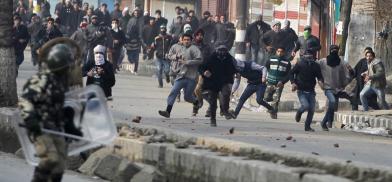
Last year while most people were still processing the ramifications of the revocation of special status to Jammu and Kashmir, hundreds of masked youth swarmed the streets in Anchar, a small neighbourhood in downtown Srinagar, waving Islamist flags and hurling stones at security forces.
The rioters laid a siege of the area triggering anxieties that Kashmir was going to erupt with massive street violence once again as it had in 2016 when Hizbul Mujahideen commander Burhan Wani was killed in an encounter with security forces.
A year later, official data accessed exclusively by IANS reveals that the sharp edges of the stones have not only been blunted in Anchar, the epicentre of Pakistan's war against India in 2019, but in the rest of the valley too.
Though stone-pelting incidents did not decline significantly after August 5, last year, when the state of Jammu & Kashmir was reorganized and converted into a union territory, but the sting of the stones has been taken out, as per an analysis of the data done in four ways.
With the country-wide lockdown imposed due to the Coronavirus pandemic this year, it was difficult to establish whether the nullification of Articles 370 and 35A caused a drop in the number of killings related to stone-pelting incidents. Therefore, IANS chose to compare civilian casualties during stone-pelting incidents of 2019 and 2016.
The comparison is valid because one, the government shut down communication lines in both cases. Second, the change events -- the revocation of J&K's special status and the killing of Hizbul Mujahideen commander Burhan Wani -- both happened around the same time in summer in their respective years. Separatist violence on the streets, generally goes down in Kashmir during winters.
The data reveals that civilian casualties due to stone-pelting incidents and the subsequent clashes with security forces in 2019, were 94 per cent less than the number in 2016. Similarly, the injured due to stone-pelting incidents were down by 70 per cent in 2019 compared to 2016. The significant drop is an indicator that all the preemptive measures taken to avoid loss of life last year were effective.
Second, a comparison of the period from January 2018 to July 2018 and the period from January 2019 to July 2019. The two periods are comparable because both are before the decision on reorganization of the state was taken and when neither communication blockade nor coronavirus related lockdown was in place. The data of the two periods once again reveals that the casualties had come down by 87.5 per cent.
Third, a comparison between the non-winter months (March to November) of 2018 and 2019. This set factors in for the argument that winters prevent rioters and stone-pelters from coming to the streets. As per the data, the killings in stone-pelting incidents during the nine month period last year came down by 62 per cent compared to the corresponding period in 2018.
The circumstances of the entire year of both 2018 and 2019 are not analogous after the August decision, but data reveals that the stone-pelting related killings dropped by 71 percent last year from the previous year.
Fourth, a comparison of months from January to March of last year and this year, to factor in for the view that after March this year, the lockdown related to the pandemic suspended all activity. This year till March, when the communication lines had been restored to a large extent, no one was killed during the 50 odd stone-pelting incidents in the valley, as per the data. Last year as well, for the corresponding period, there were no killings during stone-pelting incidents. It also confirms that casualties are nil or low during peak winters.
Overall, the data shows that the stone-pelting phenomenon has not ended but its lethality has reduced drastically.
Until 2019, the approach to stone-pelting in Kashmir was merely counselling of occasional stone-pelters and their parents by police or detention of stone-pelters in local rehabilitation centers in Kashmir. However, in the last decade stone-pelting mobs grew bigger and assumed greater potential to cause fatalities in clashes.
"It created a vicious cycle of violence, with Pakistan-sponsored separatists using the death of rioters in the clashes with security forces to fuel more protests and more killings. We were on a back foot," an officer of the CPRF, Indian paramilitary said.
Anticipating that the Pakistan sponsored terror groups and separatists in Kashmir would mobilize cadres to perpetrate violence on the streets after J&K directly came under the control of New Delhi, the government took some major preemptive measures.
The J&K police arrested and send around 3,500 serial offenders among stone-pelters to various jails outside Jammu and Kashmir. A Kashmiri police officer who was involved in identifying stone-pelters during the violent crisis in 2016, said that the casualties of rioters due to clashes with security forces, dropped down enormously because the move acted as a "deterrent".
"Kashmiri people find it very hard to leave their comfort zone. For any native rioter or terrorist, its not a huge hassle if they are detained and jailed in Kashmir. Their parents visit them, bring them food and other essentials in jails and everyone is familiar and connected.
"But travelling to a different state, where they have few connections, cause immense discomfort to both the stone-pelters and their parents," a senior Kashmiri police officer in Srinagar said.
The only area which had come to represent the war front against India last year, Anchar also known as "Little Pakistan" was a challenge for two months as the rioters and stone-pelters had dug up roads, blocking its access.
"But that so-called siege also ended after we arrested the pro-Pakistan kingpin of the stone-pelters, Hayat Ahmad Bhat," a police officer in Soura said. The graffiti on the walls which hailed Al Qaida's provincial chief, Zakir Musa and the Islamic State, in the area last year, have been smudged.(IANS)


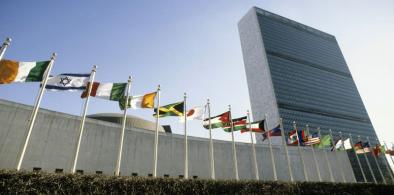

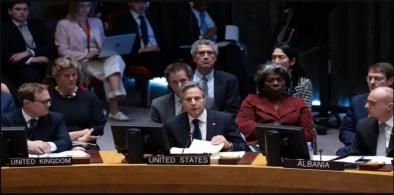
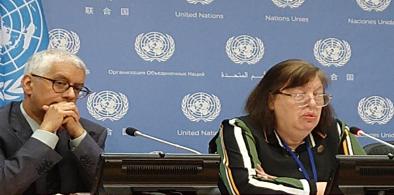
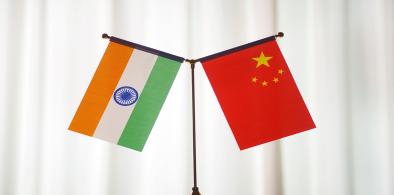
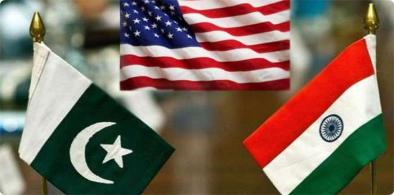







Post a Comment